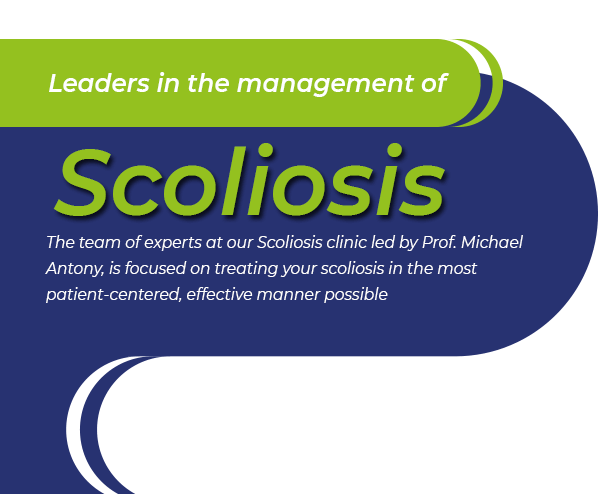In the early stages, scoliosis can be difficult to detect.
If you view your child from behind, you may notice that your child has uneven shoulders, ribs, waist or hips when they are standing straight.
You can ask your child to bend forwards at the waist with arms stretched toward the floor and knees straight (this is called the Adam’s forward bending test). From this position it is easier to see scoliosis signs, such as:
- One shoulder or shoulder blade is higher than the other
- Unequal distances between the arms and the side of the body
- Rib cage appears higher on one side (also called a rib hump)
- One hip appears higher or more prominent than the other
- The body tilts to one side (trunk rotation)
- One leg may appear shorter than the other
Book a consultation with a paediatrician or specialist spinal surgeon if you notice any of these signs.







